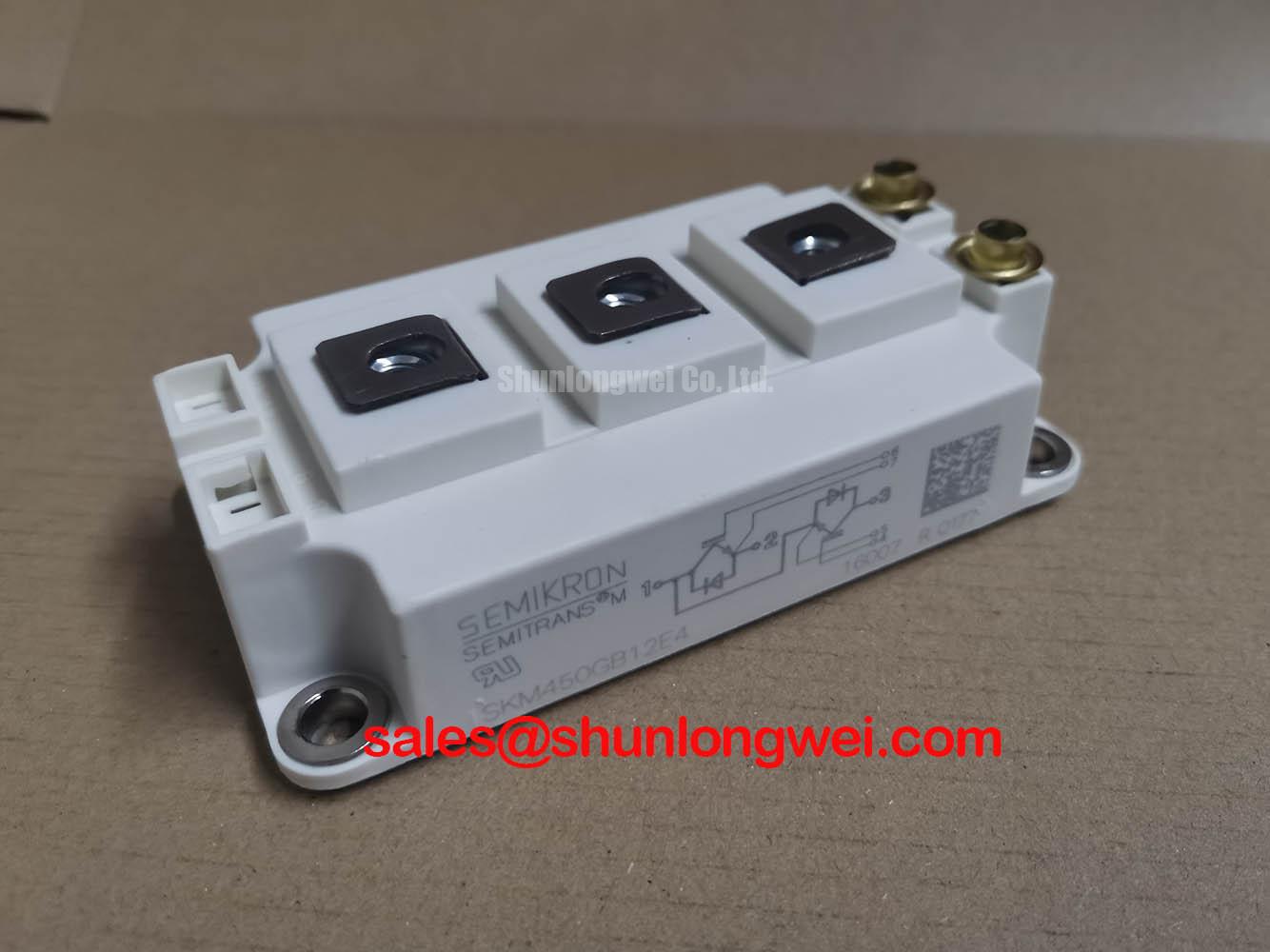An IGBT inverter circuit is a circuit that converts direct current signals to alternating current signals. They are commonly used in power electronics devices such as AC motor drives, solar photovoltaic power systems, and motor drive devices. The design and working principle of IGBT inverter circuits are very important because they directly affect the efficiency and reliability of electronic devices. This article will provide a detailed introduction to the working principle of IGBT inverter circuits.

The basic structure of an IGBT inverter circuit includes three-phase bridge inverter circuits and single-phase inverter circuits. Three-phase bridge inverter circuits are typically used for three-phase AC motor drives, while single-phase inverter circuits are typically used for single-phase AC motors or lamps. Here we will focus on the working principle of three-phase bridge inverter circuits.
This circuit is composed of four switching devices (S1-S4), which form a bridge structure. In each half-cycle, two of the switching devices will be turned on. For example, in half-cycle 1, switching devices S1 and S2 will be turned on, while switching devices S3 and S4 will be turned off. Then, in the second half-cycle, switching devices S3 and S4 will be turned on, while switching devices S1 and S2 will be turned off. In this way, the inverter circuit converts the DC voltage to AC voltage.
In Figure 2, we can see that the output waveform is a sine waveform. The waveform has a basic frequency and amplitude, which depends on the parameters of the input voltage and output circuit. However, in actual systems, the output waveform cannot be completely an ideal sine waveform. Therefore, when designing inverter circuits, it is necessary to adjust and filter the output waveform to reduce the distortion of the output waveform.

IGBT tubes are the main components in inverter circuits. It is a high-performance semiconductor switch that combines the advantages of MOSFETs and bipolar transistors. IGBT tubes have both the high input resistance of MOSFETs and the fast switching speed of bipolar transistors. Therefore, IGBT tubes are very suitable for high-speed switching applications, such as inverter circuits.
When a high voltage is applied to the control terminal of an IGBT tube, electrons flow from the control terminal to the base. This will cause the base voltage to drop and generate an electron flow between the base and the emitter. This will cause the voltage between the output terminals of the IGBT tube to start to decrease and the current to start to flow. When a low voltage is applied to the control terminal, all electrons in the IGBT tube will immediately leave and stop conducting current.
Due to the fast switching speed and low input resistance of IGBT tubes, they are very suitable for high-frequency applications. In addition, they have high voltage and current carrying capacity, which makes them very suitable for use in power electronics devices.
The power and control systems in inverter circuits are very important because they directly affect the performance and efficiency of the circuit. Since inverter circuits require high voltage and current support, the power system must be able to provide a large amount of power. The control system must be able to correctly control the switching process of the switching devices to generate the correct output waveform. The control system is typically based on microprocessors or digital signal processors, which can quickly process input and output signals and control the switching of switching devices.
In power systems, inverter circuits are commonly used in AC motor drives, solar photovoltaic power generation, and DC power supply systems. In AC motor drive systems, inverter circuits can convert DC power to AC power, thereby driving the motor to rotate. In solar photovoltaic power generation systems, inverter circuits convert the DC power output from solar panels to AC power to supply the grid. In DC power supply systems, inverter circuits can convert the DC power output from batteries to AC power to supply large machines or factories.
Inverter circuits are an important component of electronic devices and are commonly used in motor drives and DC solar photovoltaic power systems. IGBT tubes are the main components in inverter circuits and have the advantages of fast switching speed, low input resistance, and high voltage capability. The design and working principle of inverter circuits are very important because they directly affect the efficiency and reliability of electronic devices. Therefore, when designing inverter circuits, it is necessary to carefully consider the power and control systems and adjust and filter the output waveform.